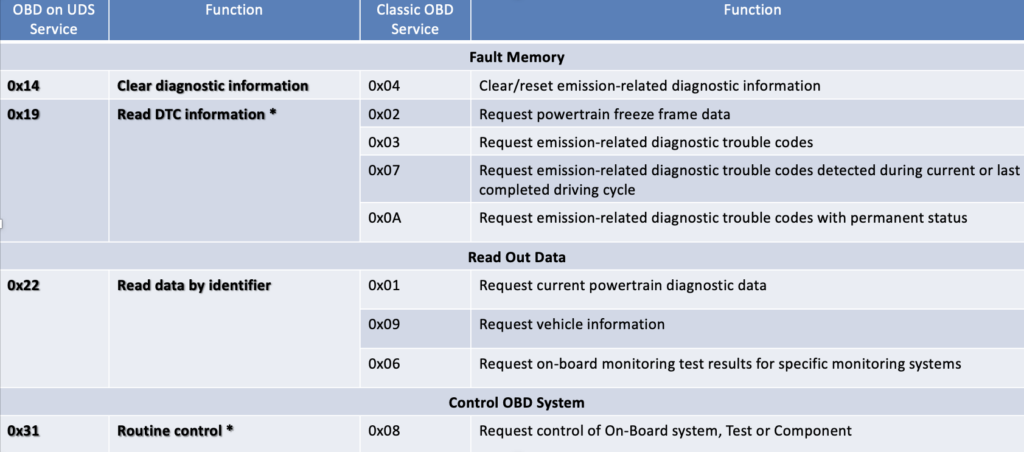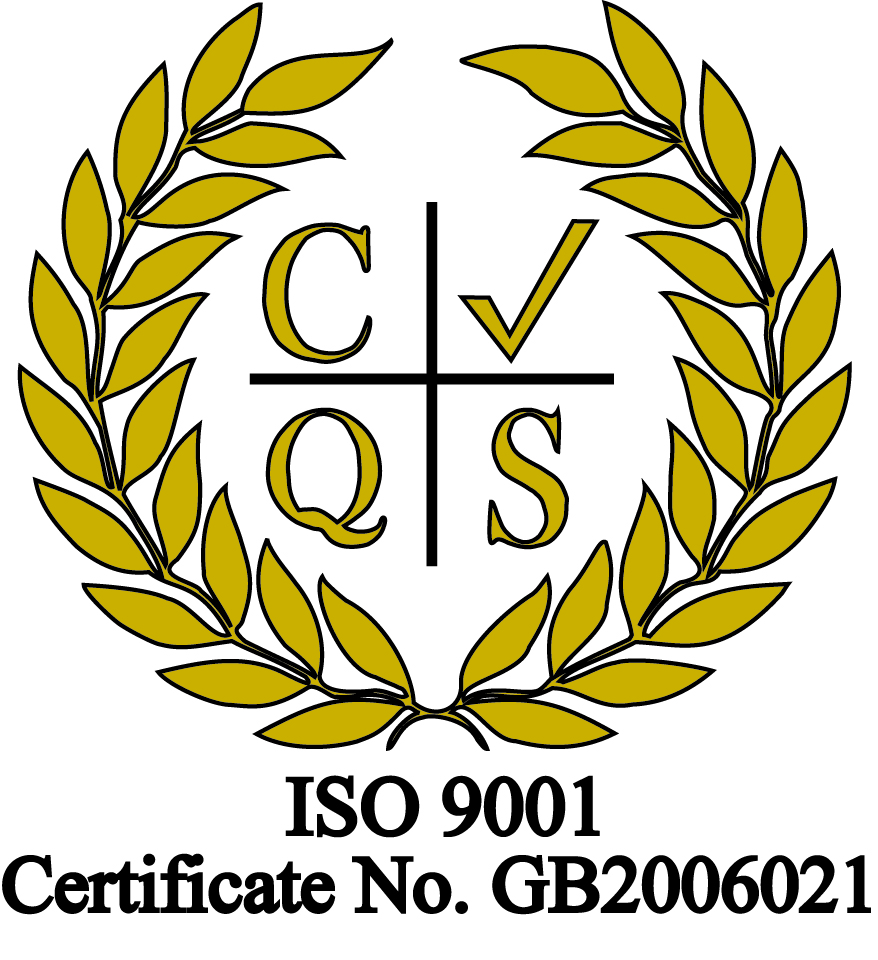What is SAE J1979?
Also known as “OBD Classic” protocol, this is the standard that covers the current communication between the vehicle’s OBD systems and test equipment.
What’s changing?
A new protocol is being legislated, SAE J1979-2, also known as OBDonUDS (Unified Diagnostics Services). OBDonUDS is being brought in to improve and expand vehicle diagnostics data to better handle the increased complexity of modern vehicles.
Who introduced the changes?
The updated standard has been introduced after extensive discussions with members of the global engineering organisation SAE International in conjunction with CARB (Californian Air Resources Board).
Why will OBDonUDS be better?
OBDonUDS is not just a translation of the classic SAE J1979 services to UDS services, it provides extra features to enhance diagnostic accuracy. It will help to better pinpoint diagnostic issues and provide more data around diagnostic events to ensure quicker and more accurate resolution.
What differences are there with OBDonUDS?
- It uses UDS – UDS is an established standard which provides a consistent, flexible and secure framework for diagnostic communication
- 3 Byte Diagnostic Trouble Codes (DTCs) vs 2 in OBD Classic – this will provide more (and much needed) unique DTC definitions
- Extended data records for DTCs which will provide better fault diagnosis
- Increased information on individual OBD monitors - including completion and how often monitoring occurred in–use
- More snapshots of engine and vehicle operation conditions when emissions related malfunctions are detected – it supports snapshots for up to five DTCs and two occurrences each
- DTC based readiness to monitor the vehicle’s self-test of emission control systems
- Readiness group to DTC readiness translation to relate fault checks to particular systems
What is the timing for the phase-in of OBDonUDS?
In the US market OBDonUDS will be mandatory for all vehicles sold from model year 2027 (from the 1st of January 2027) to comply with the new standard. During the phase-in period, Classic OBD or OBDonUDS can be used for model year 2023 up until the 2027 deadline.
What are the implications for diagnostics?
- New SW development in OBD relevant modules is needed to support OBDonUDS
- New validation procedures are required to test the OBD portion of the ECU software
- More information broadcast which needs to be validated for accuracy
What’s the LRW view?
‘This is a critical change in diagnostics and we believe it will be really positive. Having more DTCs and additional freeze frame data will be useful in supporting quicker and more accurate vehicle fault diagnosis. Ultimately that will improve repair times and the experience for the end customer. We are actively developing this on vehicles now to ensure our clients are ready for the 2027 deadline.’
Craig Fraser, LRW Engineering Associates Director and Diagnostics Lead
How to map common fault codes from OBD to OBDonUDS

Are there plans for enhanced OBD standards for electric vehicles?
Yes. There is a further iteration J1979 standard for Zero Emissions Vehicles SAE J1979-3 ZEVonUDS. The ZEVonUDS SAE J1979-3 standard introduces on-board diagnostics (OBD) also for electric vehicles / Zero Emission Vehicles (ZEVs) and Plug-in Hybrid Electric Vehicles (PHEVs).
Want to find out more? Here are some useful links:
SAE International Standards 1979-2
Need some help?
The LRW team is made up of specialist engineers, we work on cutting edge diagnostics projects for leading automotive manufacturers. To find out more, please get in touch at [email protected].

